
Sandie of the lovely blog, Crumbs of Love, was our November Daring Bakers hostess. Sandie challenged us to make a traditional Italian dessert, along with its American version – Sfogliatelle (or better known in the US – lobster tails!) The flakey, 1000 layers of super thin dough, shaped into a horn and filled with a scrumptious filling. Così buono!


The dough is a simple mixture of flour, salt, and very little water that you knead until smooth, then roll out and stretch veeeerrrrrry thin. You can do this with the help of a pasta machine, but Sandie suggested that it might be possible to do by hand instead, which I decided to try because apparently I like to do things the hard way. The recipe warns that the dough is very dry and stiff, and boy, is it ever. It took me twenty minutes of continuous kneading – or rather, pressing on the dough with my entire bodyweight, turning it, and pressing again – to get it smooth, but eventually it did get there, which was a relief because I was definitely feeling anxious about doing it by hand. I’m grateful that Shelley of C Mom Cook messaged me on Facebook just before I started making the dough, looking for solidarity as she made hers, and we ended up swapping notes and basically talking each other through the process. This was definitely a good time to have a baking buddy!

Sandie also provided recipes for making ricotta and candied orange peel from scratch for the sfogliatelle filling (in for a penny, in for a pound, right?). I’ve made candied orange peel before, but that didn’t stop me from totally screwing up my first batch: the peel didn’t spend enough time in the sugar syrup and ended up wet and soggy, so I decided to put it in the dehydrator overnight, which resulted in rock hard, sugar-coated orange peel. Thankfully, round two was much more successful and delicious. The ricotta was super easy: heat milk, add lemon juice, let it curdle, then drain. At the beginning of the month, I had a surplus of dairy products approaching their expiry dates in the fridge, so I made the ricotta and figured I’d freeze it until I was ready to make the sfogliatelle, since fresh ricotta doesn’t keep very long. I later read several sources that said freezing and thawing ricotta was a bad idea because it could negatively affect the texture, but mine was just fine after thawing in the fridge.

I made an eggnog-flavoured pastry cream for the lobster tails, which were pretty ridiculous: they were HUGE and so full of cream that it squirted out the other end when you took a bite. For the sfogliatelle ricci, I added some finely chopped chocolate to the ricotta-semolina-candied orange filling, which was extremely delicious. I preferred the sfogliatelle because they were smaller, less sweet, and less rich (and the chocolate-orange flavour reminded me of Jaffa Cakes), but the lobster tails were definitely fun to make and very tasty.


In all honesty, it’s been a while since I felt this challenged by a Daring Bakers challenge, so a big THANK YOU to Sandie for having the guts to host this one! Be sure to check out the great work by all the other Daring Bakers this month, too. 🙂

Sfogliatelle Ricci
From Great Italian Desserts by Nick Malgieri. Makes about 20 pastries.
Ricci Dough
For instructions on making the dough with a pasta machine, see the original challenge recipe. Makes enough dough for about 20 sfogliatelle ricci or 10 – 12 lobster tails.
In a large bowl, mix together:
3 cups / 420 grams all purpose flour (I used the weight measure for accuracy)
1 tsp salt
Pour in 3/4 cup hot tap water all at once and stir it into the flour until it is ragged and tangled-looking. It should be quite dry but hold together when squeezed – if not, add more water, 1 tsp at a time, until it does hold together. Turn the dough out onto an unfloured surface and begin kneading it – or rather, turning the dough and pressing on it with all your might and full body weight. The dough will be stiff but it should be pliable. Knead until the dough is smooth – this took me 20 minutes of continuous, strong kneading.

Wrap the dough in plastic and let it rest at room temperature for several hours or overnight. To make the dough more pliable for rolling, you can heat it gently: warm up a heavy pot over medium heat, then overturn it over the dough (I discarded the plastic wrap for waxed paper to cover the dough and prevent it from drying out) and leave for about 30 minutes. The warm dough should be softer and stretchier.

Meanwhile, beat together until very light and fluffy:
1/2 cup (125 g) unsalted butter, soft
1/2 cup (125 g) lard or vegetable shortening, soft
Set aside.

Divide the dough into 4 pieces. Working with 1 piece at a time (keep the others covered to prevent them from drying out), roll it out into a rectangle about 4 inches wide. Keep rolling it out as long and thin as you can, still keeping it about 4 inches wide. It is easiest to roll from the middle out towards each end, and to lift the dough after each pass to prevent it from sticking to the counter. Once it is very long and as thin as possible, liberally grease about 6 inches of the dough with the butter-lard mixture, then reach underneath the dough with your fingers and gently stretch the dough from the middle out towards the sides.

Stretch until it is about 8 or 9 inches wide, then roll it up tightly. Generously grease the next 6 inch section and repeat. Don’t worry too much if you get holes in the dough – mine had lots of holes and it turned out just fine. If you end up with a ton of holes in one section, I found it easiest just to cut that section right out because continuing to stretch just made it worse. Once the first piece of dough is stretched and rolled into a tight cylinder, set it aside and roll out the second piece of dough. Repeat the stretching process on the first 6 inches, then roll it up around the existing cylinder of dough. Continue in this manner until all the dough is rolled into a cylinder about 11 – 12 inches long. Grease the outside with the butter/lard mixture and gently squeeze and stretch it from the middle towards each end to remove any air pockets and elongate the cylinder slightly. Wrap in plastic and refrigerate for several hours or overnight.

When ready to shape the sfogliatelle, cut off about 1 inch from each end of the dough cylinder so that the layers within are even. Cut the roll into 1/2 inch slices. Working one slice at a time (keep the others in the fridge), press on the dough with the heel of your hand, pushing out to the side to separate the layers. Repeat in four directions to create a concave disc.

Place your thumbs inside the disc with your fingers on the outside and begin gently pushing the center out to form a cone, rotating the dough in your fingers and working down towards the edges to keep it even. Try not to separate the layers completely.

Pipe the ricotta-semolina filling (see below) into the middle of the cone (it should be quite full), then gently press the edges closed. The filling is too thick to ooze out so don’t worry about sealing the edges.

Place the filled sfogliatelle ricci on a baking sheet lined with parchment paper or a silicon mat. Bake at 400F for 20 – 30 minutes, until golden brown and crisp. Place on a rack to cool slightly, then dust with confectioner’s sugar before serving. These are best served warm on the day they are baked, but they can be kept in an airtight container for a day and re-heated gently before serving.

Ricotta Semolina Filling with Chocolate and Orange
Makes enough for 1 batch of sfogliatelle ricci.
In a medium saucepan, combine:
1 cup milk
1/2 cup granulated white sugar
pinch salt
Bring to a boil, then lower the heat and, whisking constantly, gradually pour in:
2/3 cup durum semolina (or cream of wheat)
Cook, stirring, until the mixture is thick and smooth, about 2 – 3 minutes. Scrape the semolina mixture onto a plate, spread it out, and put in the fridge to cool completely.

In a food processor, combine:
the cooled semolina mixture, crumbled into chunks
1 1/2 cups whole milk ricotta, store bought or homemade (recipe below)
2 egg yolks
2 tsp vanilla bean paste or vanilla extract
1/4 tsp ground cinnamon
Process until very smooth and creamy, adding a splash of cream or milk if it seems too thick – it should be thick but still pipeable. Scrape the mixture into a bowl and stir in:
2/3 cup very finely chopped dark chocolate
1/3 cup chopped candied orange peel, store bought or homemade (recipe below)
Place in a piping bag to pipe into the sfogliatelle ricci. If not using right away, press plastic wrap directly onto the surface and refrigerate for up to 3 days.

Candied Orange Peel
This method can be used for any citrus fruit, in any amount. Two oranges will make more than enough candied orange peel for the sfogliatelle ricci, but it stores well.
Cut the top and bottom off of 2 oranges, then slice off the peel and pith, avoiding the flesh. Cut the peel into thin slices. Place the peel in a saucepan and fill it with cold water to cover. Blanche the peel to remove the bitterness, as follows: bring to a boil, then drain, rinse in cold water, and repeat the boiling/draining/rinsing process. Taste a small piece of peel for bitterness – if it is still overly bitter, blanche it one more time.

Add enough water and granulated white sugar in equal volume to fully cover the peel – I used 1 1/4 cup of each. Bring to a boil, then reduce the heat to a very low simmer and let the peel cook in the syrup for about an hour, stirring gently every so often to evenly sumberge all the peel in the syrup. After an hour, remove the pot from the heat and let the peel and syrup cool completely without being disturbed. Once cool, remove the peel from the syrup (which can be saved to make cocktails or similar) and spread the peel out on a rack to drain and dry for a few hours.

Roll the peel in granulated white sugar and let it dry for several hours or overnight. Store in an airtight container. (The syrup can be kept in a jar in the fridge and used for cocktails, etc.)

Homemade Ricotta
From Luscious Creamy Desserts by Lori Longbotham. Makes about 2 cups.
Line a large strainer/colander with two layers of damp cheese cloth, then set it over a large bowl. I used chop sticks to suspend the colander over the bowl.
In a large saucepan, combine:
8 cups whole milk
1 cup whipping cream
1/2 tsp salt
Bring to a boil over medium heat, whisking occasionally. Once it boils, reduce the heat to low and stir in 3 tbsp lemon juice. Stir continuously for 2 – 3 minutes while the mixture curdles. Pour the curdled mixture into the cheese cloth lined colander and let it drain for about 1 hour, until room temperature.

Scrape the ricotta into a container and keep in the fridge for up to 2 days. You can freeze it to make it last longer: place the ricotta in a Ziplock freezer bag, then thaw overnight in the fridge before using.

The liquid left behind after making the ricotta is whey and can be used to make bread, soup stock, and a myriad of other things.
Lobster Tails
Makes 10 – 12 pastries.
Make one batch of the ricci dough above, up to the point of wrapping the cylinder in plastic and chilling. Before you cut and shape the dough, make a batch of choux paste (recipe below).
Trim the ends off the chilled dough as above, then cut the dough into 1 inch slices. Press on the dough and shape into cones as for sfogliatelle ricci, only slightly larger. Pipe the cones full of choux paste, and pinch the edges closed.

Place the lobster tails on a baking sheet lined with parchment paper or a silicon mat. Bake at 400F for 20 – 30 minutes, until golden brown and crisp.

Place on a rack and make a small hole in the larger end of each lobster tail to release any steam. Cool completely, then pipe the diplomat cream (recipe below) into the lobster tail through the steam hole. Dust with confectioner’s sugar and garnish with half a preserved or maraschino cherry. The filled lobster tails should be eaten the day they are made.

Choux Paste
Makes enough to fill one batch of lobster tails, with perhaps some left over to make profiteroles.
Beat together 4 large eggs, then set aside.
In a medium saucepan, combine:
3/4 cup water
6 tbsp unsalted butter
1/4 tsp salt
4 tsp granulated white sugar
Bring to a boil, then take off the heat and stir in 1 cup all purpose flour. Return the saucepan to the heat and stir vigorously to dry out the dough slightly, until a film forms on the bottom of the pan. Remove from the heat and stir for a minute to cool slightly.

Beat in about 1/4 of the beaten egg, stirring vigorously to incorporate it. Repeat 2 times, until you have beat in 3/4 of the egg. Add just enough of the remaining egg to get a pipeable, smooth, and satin-y paste that still has enough body to hold its shape (you might not need all the egg). Place into a piping bag and pipe into the lobster tail cones as directed. Pipe any leftover choux paste into little mounds and bake along with the lobster tails to make profiteroles, which you can fill with leftover diplomat cream.

Eggnog Diplomat Cream
Pastry cream adapted from Martha Stewart. Makes enough for one batch of lobster tails.
For the eggnog pastry cream, whisk together:
4 large egg yolks
1/4 cup corn starch
1/4 cup granulated white sugar
1/2 tsp ground cinnamon
1/4 tsp freshly grated nutmeg
Set aside.
In a medium saucepan over medium heat, bring to a simmer:
2 cups whole milk
1/4 cup granulated white sugar
1 1/2 tsp vanilla bean paste or the seeds scraped from 1/2 a vanilla bean
Very slowly pour the hot milk mixture into the egg yolk mixture, whisking constantly, then pour the whole thing back into saucepan.

Return to the stove over medium-low heat and cook, whisking constantly, until it just comes to a boil and thickens. If it starts to look curdled as it cooks, remove it from the heat and whisk the heck out of it. Once thickened, remove from the heat and whisk in 2 tbsp unsalted butter. Scrape into a bowl and press plastic wrap directly onto the surface. Refrigerate until completely cool (can be kept up to 2 days).

When you are ready to fill the lobster tails, whisk the pastry cream to loosen it, then whisk in 3 – 4 tbsp run/bourbon/whiskey. Whip 1 cup heavy cream to stiff peaks and fold it into the pastry cream. Spoon into a piping bag with a large metal tip and pipe into the lobster tails.




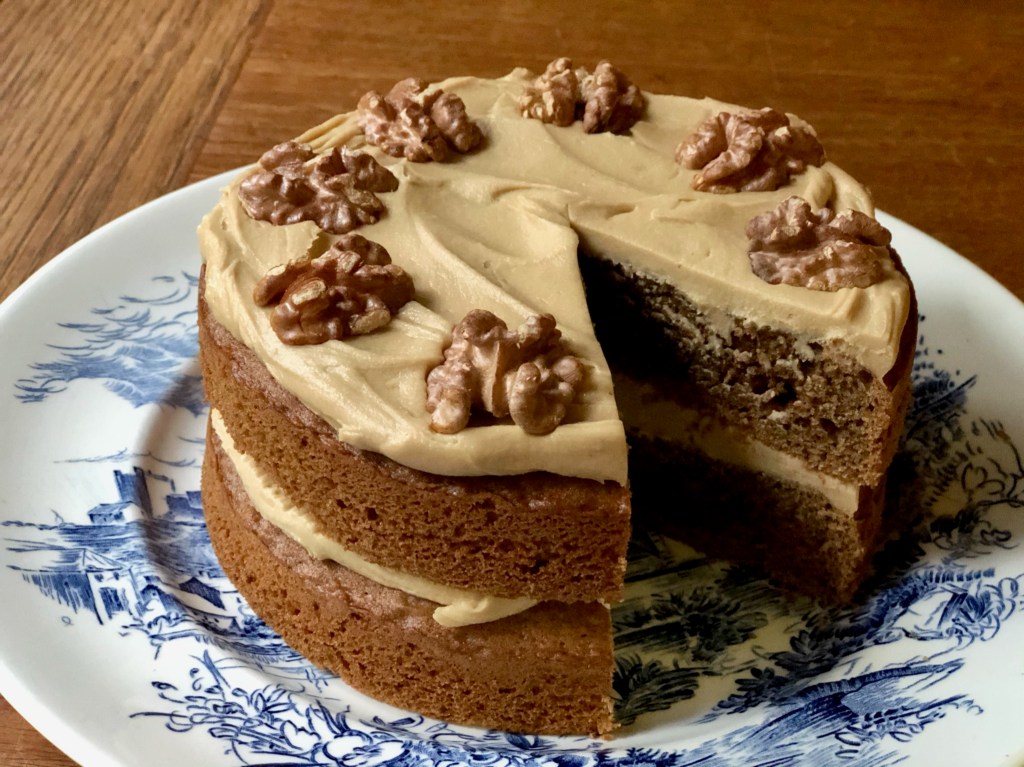
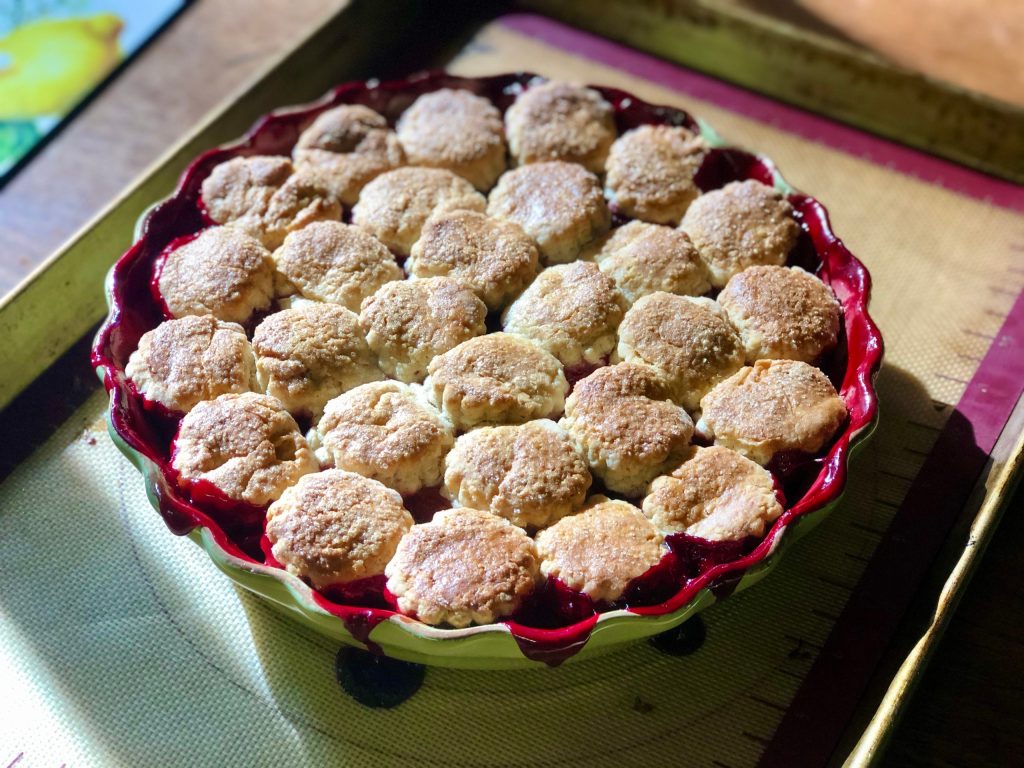
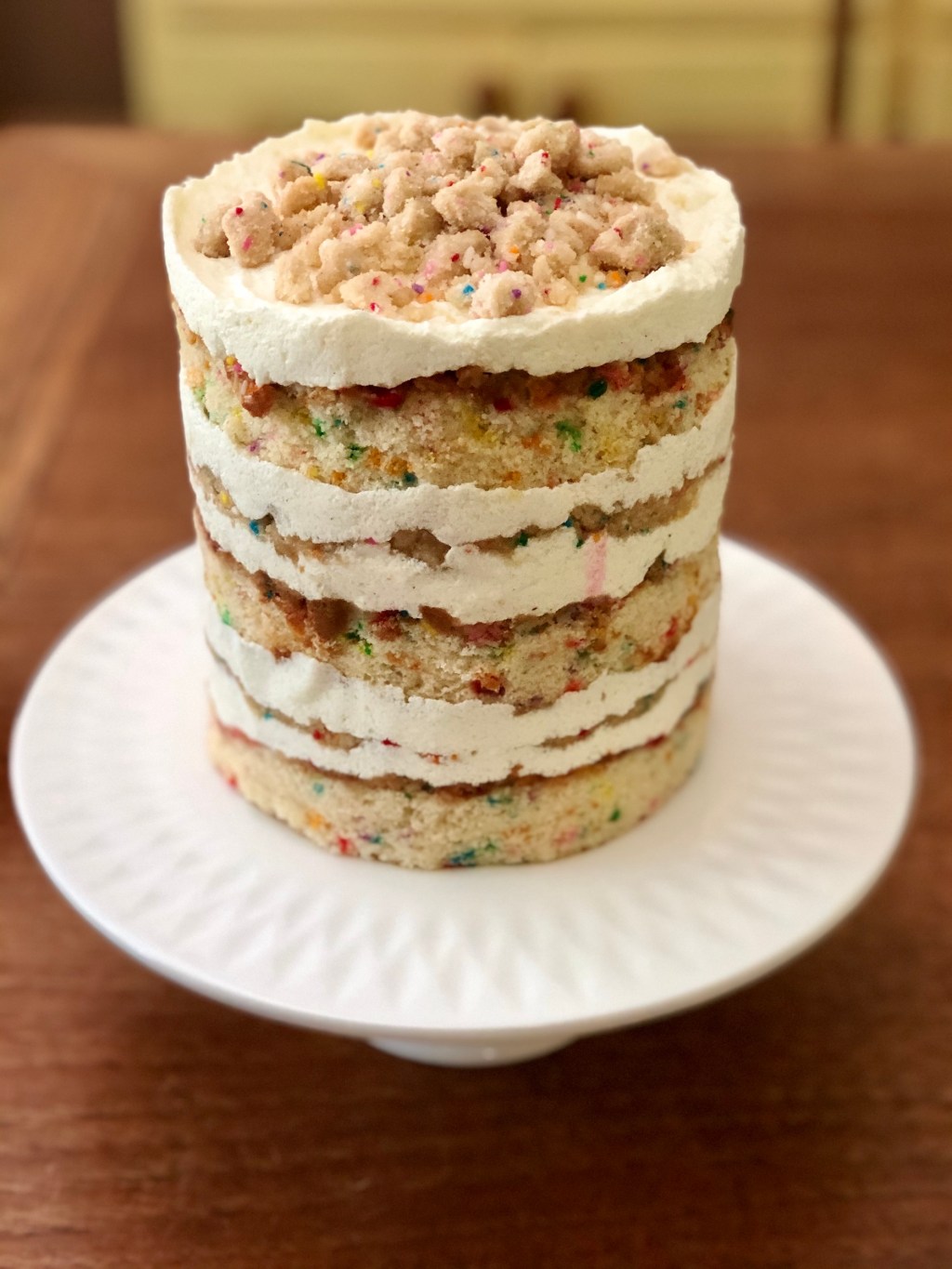
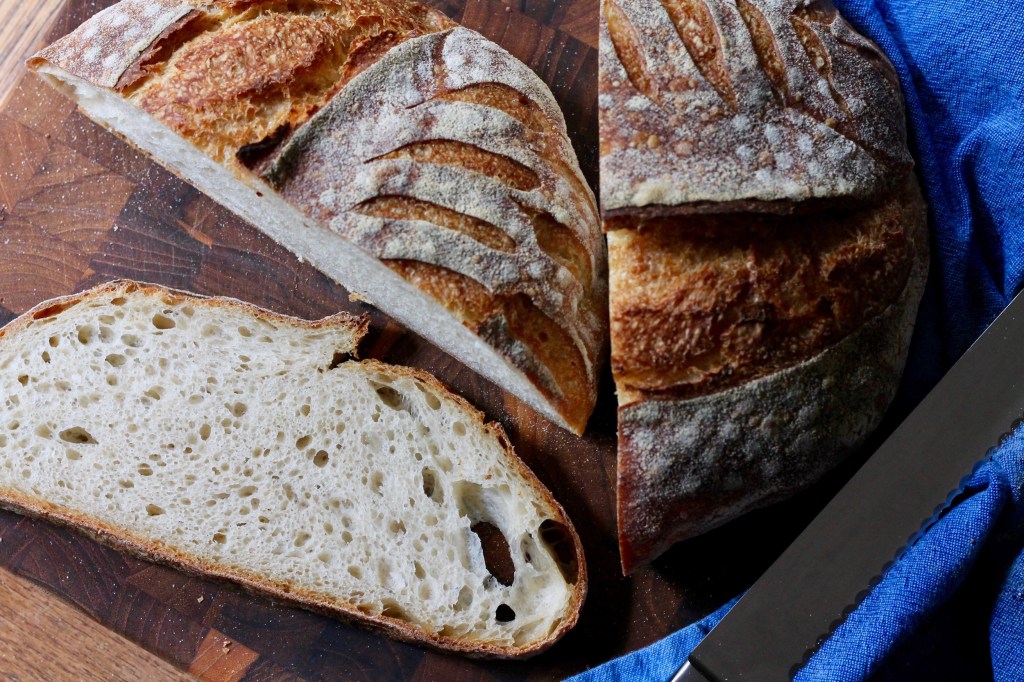
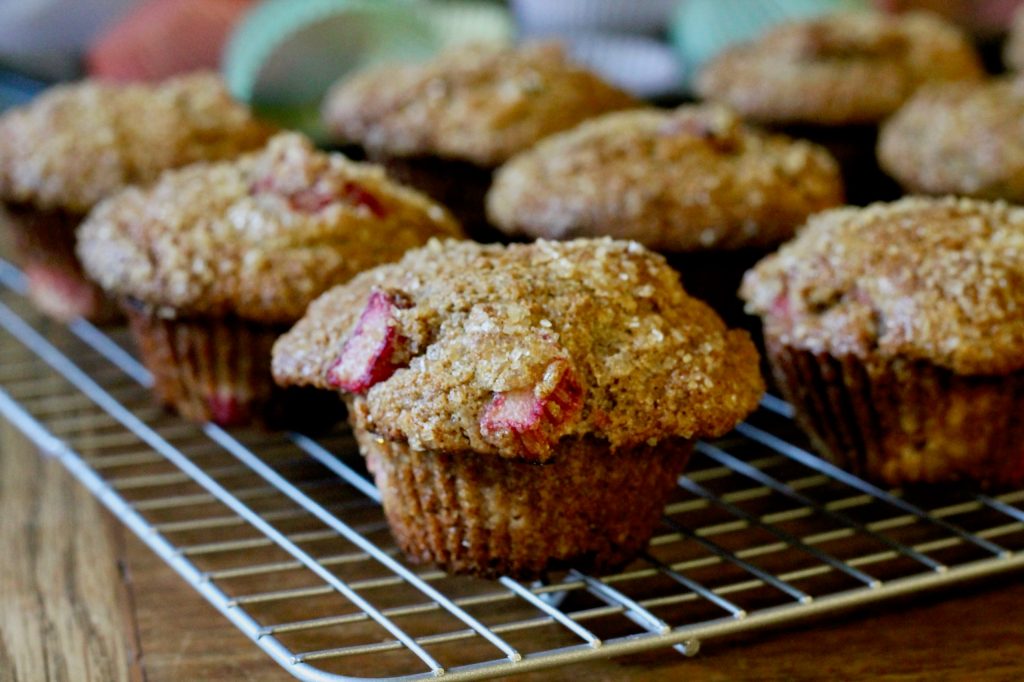
Leave a comment